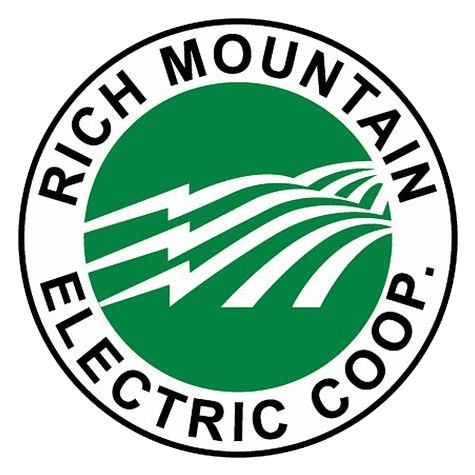What's on the pole?
Electric utility poles can vary based on location and the voltage of power they carry. Poles often top 40 feet in height and are set at least 6 feet into the ground. Here’s the basic equipment found on a single-phase distribution pole, most commonly found in residential or rural areas.
- Insulators prevent energized lines from contacting the pole.
- Fuse cutout protects the transfomer from surges and helps to protect the line from outages.
- Primary distribution line usually carries 7,200 volts of electricity from a substation to the transformer.
- Neutral line provides a return path for electric current to the source and is part of the grounding circuit.
- Transformer converts higher voltage electricity from primary lines to the lower voltage power used in homes. Transformers can also be housed on the ground in a concrete pad-mounted steel box (usually green) if electric service is connected underground.
- Service drop line carries 120 and 240 volts of electricity to the home.
- Security lighting is an optional service, which provides automatic lighting for safety and convenience.
- Wildlife guard keeps squirrels, raccoons and other wildlife from climbing poles, helping to prevent potential outages.
- Communication lines for fiber, cable and telephone are typically the lowest lines attached to the pole.
- Guy lines (not pictured) help to stabilize poles and are connected from the neutral line to the ground.
Utility poles and overhead power lines provide an important function and can be dangerous. If you see a downed power line, assume that it is energized, and move
at least 35 feet away from it.
Never attach anything to utility poles. Staples, nails and tacks create dangerous obstacles and are a safety hazard for lineworkers. If you see a downed line or a broken
pole, report it immediately to Rich Mountain Electric Cooperative at 479-394-4140.

